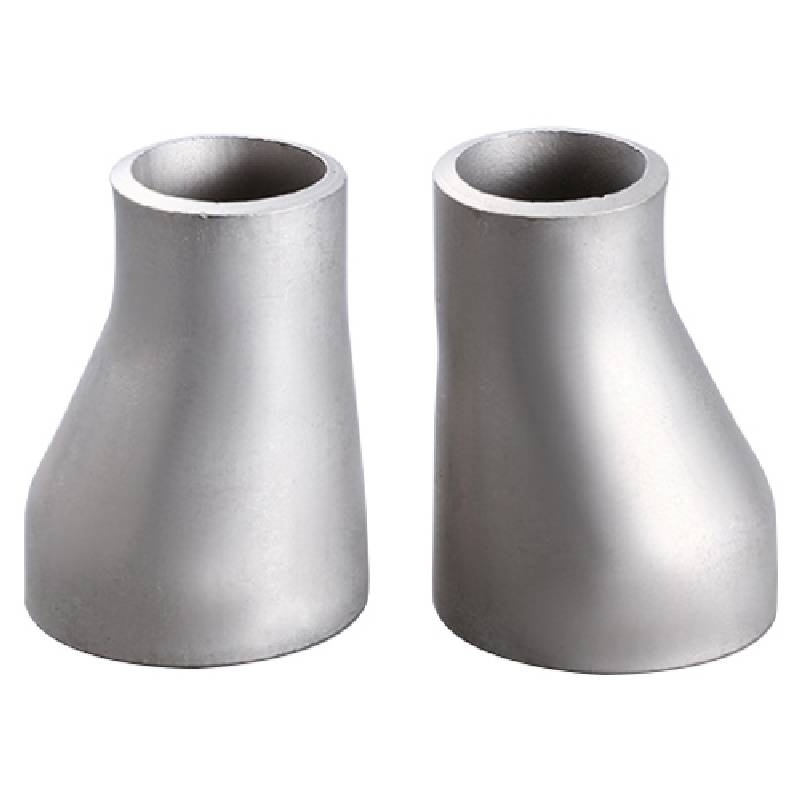-
Cangzhou Yulong Steel Co., Ltd.
-
Phone:
+86 13303177267 -
Email:
admin@ylsteelfittings.com
- English
- Arabic
- Italian
- Spanish
- Portuguese
- German
- kazakh
- Persian
- Greek
- French
- Russian
- Polish
- Thai
- Indonesian
- Vietnamese
- Zulu
- Korean
- Uzbek
- Hindi
- Serbian
- Malay
- Ukrainian
- Gujarati
- Haitian Creole
- hausa
- hawaiian
- Hebrew
- Miao
- Hungarian
- Icelandic
- igbo
- irish
- Japanese
- Javanese
- Kannada
- Khmer
- Rwandese
- Afrikaans
- Albanian
- Amharic
- Armenian
- Azerbaijani
- Basque
- Belarusian
- Bengali
- Bosnian
- Bulgarian
- Catalan
- Cebuano
- China
- China (Taiwan)
- Corsican
- Croatian
- Czech
- Danish
- Esperanto
- Estonian
- Finnish
- Frisian
- Galician
- Georgian
- Kurdish
- Kyrgyz
- Lao
- Latin
- Latvian
- Lithuanian
- Luxembourgish
- Macedonian
- Malgashi
- Malayalam
- Maltese
- Maori
- Marathi
- Mongolian
- Myanmar
- Nepali
- Norwegian
- Norwegian
- Occitan
- Pashto
- Dutch
- Punjabi
- Romanian
- Samoan
- Scottish Gaelic
- Sesotho
- Shona
- Sindhi
- Sinhala
- Slovak
- Slovenian
- Somali
- Sundanese
- Swahili
- Swedish
- Tagalog
- Tajik
- Tamil
- Tatar
- Telugu
- Turkish
- Turkmen
- Urdu
- Uighur
- Welsh
- Bantu
- Yiddish
- Yoruba

Dec . 15, 2024 12:11 Back to list
High-Quality Stainless Steel Weld Fittings for Reliable Connections and Robust Performance
Understanding Stainless Steel Weld Fittings Properties and Applications
Stainless steel weld fittings are essential components in piping systems, widely utilized in various industries due to their outstanding durability, resistance to corrosion, and strength. These fittings are designed to join piping sections, allowing for changes in direction, diameter, or flow type. Understanding the properties, types, and applications of stainless steel weld fittings can help in selecting the right components for specific projects.
Properties of Stainless Steel Weld Fittings
One of the most significant advantages of stainless steel is its corrosion resistance. Stainless steel grades, particularly 304 and 316, are engineered with various alloying elements, such as chromium and nickel, to resist rust and oxidation. This makes stainless steel weld fittings particularly suitable for environments that are exposed to moisture and corrosive substances, such as chemical processing plants, oil and gas industries, and food and beverage applications.
In addition to corrosion resistance, stainless steel is known for its strength and toughness. These properties enable weld fittings to withstand high pressures and temperatures, making them ideal choices for critical applications where safety and reliability are paramount. Furthermore, stainless steel can be easily fabricated and welded, ensuring a tight and durable joint that enhances the overall integrity of the piping system.
Types of Stainless Steel Weld Fittings
Stainless steel weld fittings come in a variety of shapes and sizes to accommodate different piping requirements. The most common types include
1. Elbows Used to change the direction of flow, elbows can be either 45-degree or 90-degree angles, depending on the system’s needs.
2. Tees These fittings are designed to create a branch in the pipeline, allowing for a diversion of flow. Tees can be straight (equal) or reducing for different diameters.
3. Reducers Employed to connect pipes of different diameters, reducers can be concentric or eccentric, preserving the flow's efficiency.
4. Caps Caps are used to close the end of a pipe, providing a secure termination to systems.
5. Collars These fittings are used to join two pipes securely, providing ample support and stability in the connection.
stainless weld fittings

Each type of fitting is designed for specific applications; therefore, understanding the requirements of the project is crucial when selecting the appropriate fittings.
Applications of Stainless Steel Weld Fittings
The versatility of stainless steel weld fittings allows them to be utilized in numerous applications across different industries
- Food and Beverage Industry Stainless steel components are critical in ensuring hygiene and preventing contamination. Weld fittings are commonly used in brewery systems, dairy processing, and food manufacturing equipment.
- Chemical Processing In chemical plants, stainless steel weld fittings are employed to transport aggressive and corrosive substances safely. Their resistance to corrosion makes them ideal for high-purity applications.
- Oil and Gas The oil and gas industry utilizes stainless steel fittings to construct durable systems that can withstand harsh offshore environments, extreme pressures, and temperatures.
- Pharmaceuticals Similar to the food industry, the pharmaceutical sector demands high sanitation standards. Stainless steel weld fittings are essential for systems required to transport active ingredients and solutions without contamination.
- Water Treatment Stainless steel weld fittings are also prevalent in water treatment systems. Their resistance to corrosion ensures longevity and minimal maintenance, crucial for systems that handle corrosive chemicals.
Conclusion
In summary, stainless steel weld fittings are vital components that play a significant role in ensuring the integrity and efficiency of piping systems across various industries. With their exceptional strength, corrosion resistance, and versatility, they can accommodate a wide range of applications, from food processing to chemical handling. When designing a piping system, it is essential to consider the specific requirements of the application to select the appropriate types of fittings. Investing in high-quality stainless steel weld fittings not only enhances system performance but also ensures safety and reliability throughout the service life of the installation.
Latest news
-
ANSI 150P SS304 SO FLANGE
NewsFeb.14,2025
-
ASTM A333GR6 STEEL PIPE
NewsJan.20,2025
-
ANSI B16.5 WELDING NECK FLANGE
NewsJan.15,2026
-
ANSI B16.5 SLIP-ON FLANGE
NewsApr.19,2024
-
SABS 1123 FLANGE
NewsJan.15,2025
-
DIN86044 PLATE FLANGE
NewsApr.19,2024
-
DIN2527 BLIND FLANGE
NewsApr.12,2024
-
JIS B2311 Butt-Welding Fittings LR/SR 45°/90° /180°Seamless/Weld
NewsApr.23,2024











